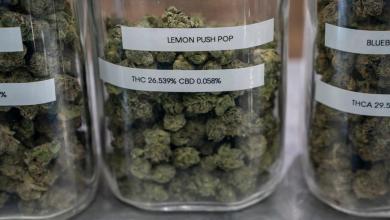Is Uber a No-Brainer Growth Stock to Buy in 2025?
Uber (NYSE: UBER) has become so successful since its founding in 2009 that its name is used interchangeably as a verb when taking a ride somewhere. This demonstrates the incredible mindshare it has developed with consumers, thanks to the company’s ability to create an entirely new category within the transportation sector.
At the time of this writing, shares of Uber trade 20% off their peak, but they have soared 134% in the past 24 months, crushing the overall market. Is this growth stock a no-brainer buy in 2025? Investors will obtain a better understanding by considering both Uber’s bear and bull cases.
Since Oct. 10 of last year, this stock has dipped 21%. That’s the date Tesla held its highly anticipated robotaxi event, introducing a small two-seater model, as well as a 20-passenger van. I believe this is a clear indication that the market is rightfully worried about the threat of fully autonomous vehicles.
Looking at Uber at a high level, I think this is the most pronounced risk the business faces, defining the key bear case. Tesla, as well as Alphabet‘s Waymo, are working on this technology. If the capabilities are developed, and adoption grows, then the financial windfall could be massive. That’s because transportation is such a large industry globally.
The thinking is that with full self-driving, Tesla and Waymo could bring their ride-hailing apps to the masses. Because there would be no driver, typically the biggest cost component of a trip, the price for the rider should go down.
But it’s not all bad news for Uber. In fact, Waymo will partner with it in Atlanta and Austin, Texas. This highlights how important Uber’s direct relationship with consumers is.
And it goes back to that mindshare I mentioned before. The Uber brand has tremendous value, which might be able to help it successfully navigate potential technological changes in the industry.
Investors won’t struggle to find compelling bull arguments for Uber. The first point has to do with network effects, which create the company’s economic moat.
The company counted 161 million monthly active users in its third quarter (ended Sept. 30). Such a massive customer base makes the platform incredibly valuable to both drivers and restaurants.
And as the latter two groups grow in size, consumers find more utility from the Uber app. It’s a positive feedback loop that results in a stronger offering over time.
The company is now becoming financially sound. It generated operating income and free cash flow of $1.1 billion and $2.1 billion, respectively, in the third quarter. These figures were much better than in the same period the year before.
Source link


